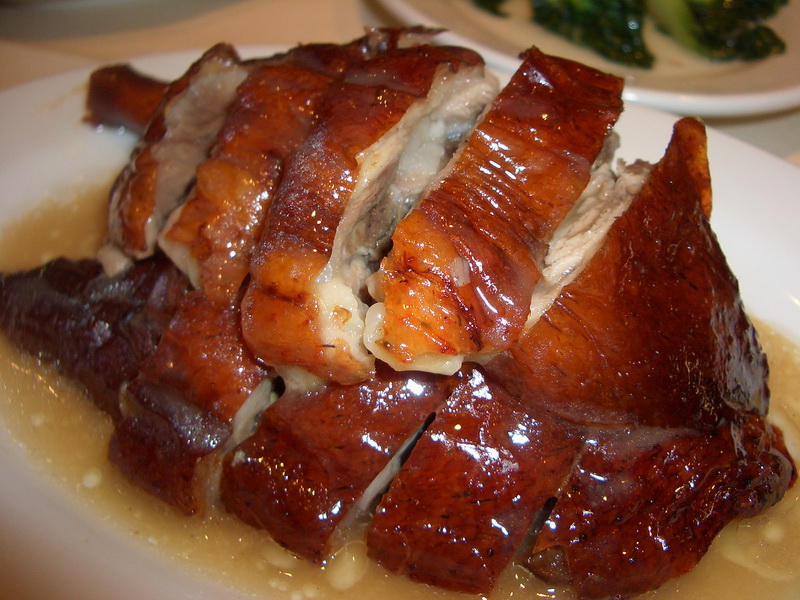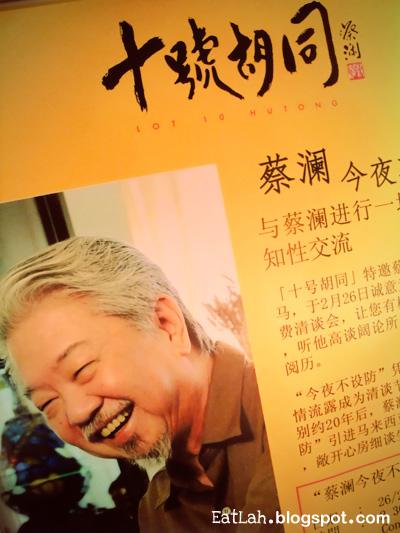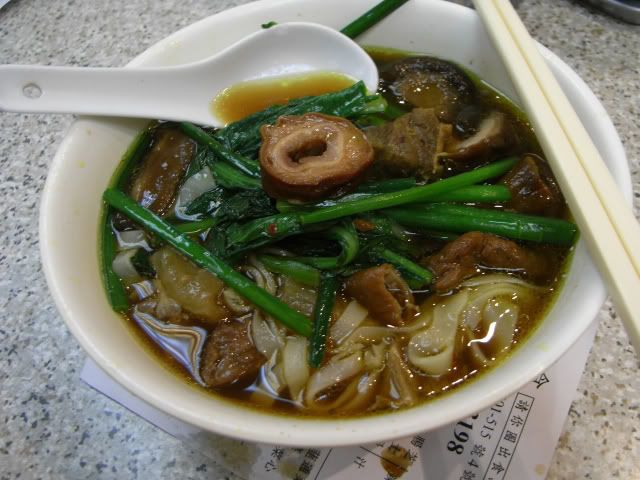Hong Kong !!
-
Back to Makan-sutra in HK
Roasted Goose.

Roast goose, as served in Hong Kong, is no different from its counterpart in the neighboring Guangdong Province of southern China, but, due to its cost, some Hong Kong restaurants offer roast duck instead. The restaurants famous for roasted goose in Hong Kong include Yung Kee in Central and those in Sham Tseng.




-
Well known in HK for awesome roasted goose !
-

-

-

-

-

-

-
Hong Kong style hot pot steam boat

-

-

-

Hong Kong Common Food - Cha Chai Mee One of the Famous Cha Chai Mee shop
-

"Tsui Wah Restaurant (ç¿ è�¯é¤�廳) serves Best Hong Kong-style Local Food"
-

TVB City (simplified chinese=电视广æ’城;traditional Chinese: 電視廣æ’城; Cantonese Yale: din si gwong bo sing), is the headquarters of Television Broadcasts Limited, located at 77 Chun Choi Street in the Tseung Kwan O Industrial Estate, near to Shaw Studios. TVB is by far the biggest tenant of the estate and the first service-providing company in there.
The city officially opened in January 1, 2005 and was constructed at a cost of HK$$2.2 billion. It was designed to cope with future development and expansion, especially for digital television production.
TVB City has a building area of over 110,000 square metres, 30% more than that the old headquarters, TV City, at Clearwater Bay. The facilities includes a 11-storey broadcasting centre, workshops, a newsroom, a satellite antennae farm, two outdoor shooting sites and 22 production studios, of which "Studio 1" is one of the largest studio amongst all commercial television stations in Asia.


-
The Hong Kong Convention and Exhibition Centre (HKCEC) is one of the two major convention and exhibition venues in Hong Kong, along with AsiaWorld-Expo. It is located in Wan Chai North, Hong Kong Island. Built along the Victoria Harbour, it is linked by covered walkways to nearby hotels and commercial buildings. The venue was designed by Skidmore, Owings & Merrill LLP, in association with Wong & Ouyang (HK) Ltd. Larry Oltmanns led the design, who is a former Design Partner with Skidmore, Owings & Merrill LLP.
The Hong Kong Convention and Exhibition Centre is not to be confused with the Hong Kong Exhibition Centre, which is another exhibition venue in Wan Chai North.

The original building was built on reclaimed land off Gloucester Road in 1988. The glass curtain was the world's largest at the time, overlooking the Victoria Harbour on three sides.
The second phase of the centre, located on an artificial island, was constructed from 1994 to 1997, and features a bird-like rooftop (also referred to as a turtle by some critics). The project took only 48 months from reclamation to completion. The main constructor of the extension was a joint venture named Hip Hing Construction Co Ltd Dragages et Travaux Publics. Originally, Phase Two was connected to Phase One with an atrium link (a sky bridge), and to Convention Road with two road bridges, but now the two phases are connected by an expanded exhibition hall.


-
oo 961 & 373A terminus... nice
-
hahaha... now nice ? air-conditional ?
-
Taxicabs of Hong Kong provide a taxi system. Most taxis are independently owned and operated, but some are owned by taxi companies, and the drivers are employees.
As of 2003, there were 18,138 taxis in Hong Kong, of which 15,250 were urban taxis, 2,838 were New Territories taxis, and 50 were Lantau taxis. Every day they serve about 1.1 million, 207,900 and 1,400 people respectively.

Red Cabs for (Hong Kong Island & Kowloon). Blue Cabs for Lautau Island. Green Cabs for NT.
-

-
some red cab can be found in places like Shatin, Tsuen Wan and maybe Tai po?
-
if you seen the Long Taxi Qs at Changi Airport Terminals.... look here... HKIA

-
Originally posted by bus555:
some red cab can be found in places like Shatin, Tsuen Wan and maybe Tai po?
i think.. they can fetch pax there (within their boundary)... but have to come out empty... ( only took twice - both times within HK island )...
-

The taxi trade is regulated by the Government, as are the fare scales. Taxis need a license to operate in Hong Kong. The government stopped issuing licenses in 1998, when there were a total of 18,138 in the territory. Existing licenses are transferable, and are traded on the open market. The going cost for a license is around HK$3 million.
The service area of the three types of taxis are defined by the Government in the 1960s. The need for the three different types was to avoid clustering of taxis in the more populated/profitable areas of the territory, and a shortage in others. All three types of taxis serve Hong Kong International Airport and Disneyland.
-
Originally posted by bus555:
some red cab can be found in places like Shatin, Tsuen Wan and maybe Tai po?
yup.. they can go tai po too..... but their starting fare is more than the green one...so usually i just take the green one... -
- Urban taxi
The red taxis have the highest fares among all, and serve all areas of Kowloon, Hong Kong Island. They may run Tung Chung (Lantau), the Airport at Chek Lap Kok (Lantau) and Disneyland, but are not permitted to run the rest of Lantau Island. These taxis can only carry passengers in the Lantau or New Territories areas if the passengers are returning to Kowloon or Hong Kong Island, or must return to their service areas themselves to continue their business. A taxi will sometimes appear with its roof light on, but with the 'For Hire' flag covered by an 'Out of Service' sign; this means they are attempting to catch a fare back across the harbour tunnel.
There is no legal requirement for drivers to know all the destinations in their allowed area. Commonly, drivers refuse to take passengers wanting to cross the harbour on this basis, although in theory drivers do not have the right to refuse a hire based on destination. On both sides of the harbour, the Government has erected taxi ranks catering for those returning taxis prepared to cross the harbour for a single-toll trip.
